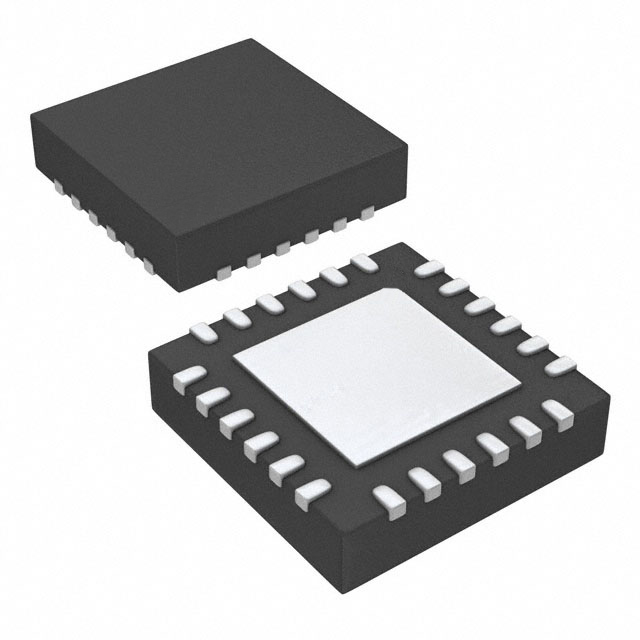

Texas Instruments
LM25066APSQE/NOPB
Specialized Power Management




.png?x-oss-process=image/format,webp/resize,p_30)


LM25066APSQE/NOPB Description
The LM25066APSQE/NOPB is a high-efficiency synchronous step-down (buck) regulator from Texas Instruments. It is designed to provide a regulated output voltage from a higher input voltage source. Here is a brief description of the model, its features, and applications:
Description:
The LM25066APSQE/NOPB is a monolithic step-down regulator that integrates high-side and low-side MOSFETs, as well as a high-precision reference and error amplifier. It offers a wide input voltage range, high efficiency, and a small solution size, making it suitable for a variety of applications.
Features:
- Input Voltage Range: Wide input voltage range of 4.5V to 22V.
- Output Voltage: Adjustable output voltage from 0.9V to 12V.
- Efficiency: High efficiency up to 95%, depending on the input and output voltages.
- Switching Frequency: Fixed switching frequency of 600kHz, which allows for smaller external component sizes.
- Synchronization: Synchronization input allows the regulator to operate in phase with an external clock.
- Protection Features: Over-current protection, thermal shutdown, and output short-circuit protection.
- Package: Available in a compact 20-pin 3mm x 3mm QFN package (LM25066APSQE) or a 20-pin 4mm x 5mm HTSSOP package (LM25066APSQE/NOPB).
- Operating Temperature Range: -40°C to 125°C.
Applications:
- Portable Devices: Powering portable electronics such as smartphones, tablets, and wearable devices.
- Industrial Equipment: Providing regulated power to industrial equipment with a wide input voltage range.
- Medical Devices: Used in battery-powered medical devices that require a stable output voltage.
- Power Banks: Efficient step-down conversion for USB charging in power banks.
- LED Lighting: Driving high-current LED lighting applications with precise current control.
- Telecommunications: Powering remote telecommunications equipment with a stable output voltage.
The LM25066APSQE/NOPB is a versatile and efficient step-down regulator that can be used in a wide range of applications where a stable and regulated output voltage is required from a higher input voltage source.
Tech Specifications
LM25066APSQE/NOPB Documents
Download datasheets and manufacturer documentation for LM25066APSQE/NOPB
 Mult Dev 14/Jul/2023
Mult Dev 14/Jul/2023  LM25066A
LM25066A  LM25066A Design with WEBENCH® Power Designer
LM25066A Design with WEBENCH® Power Designer  LM25066A
LM25066A Shopping Guide






























.png?x-oss-process=image/format,webp/resize,h_32)










